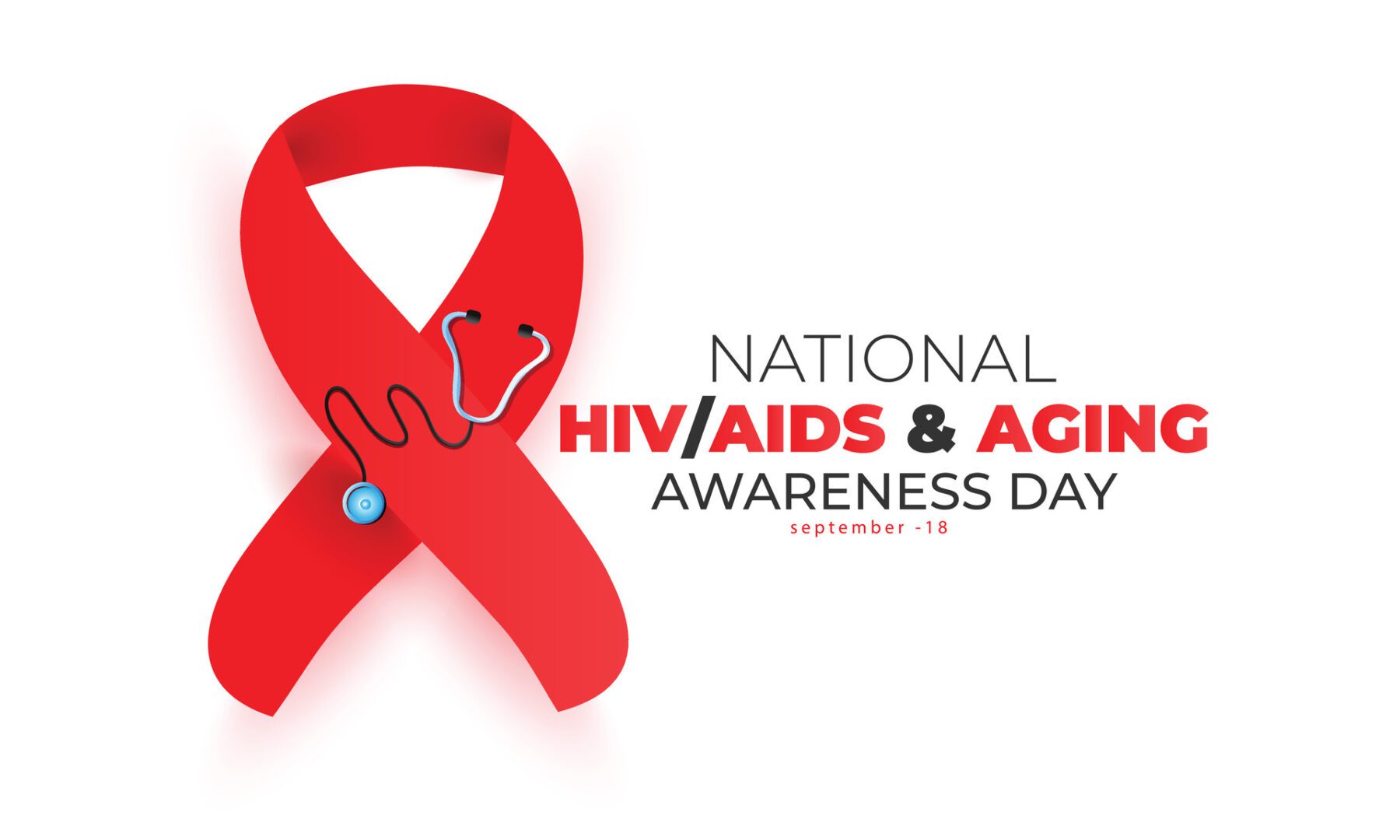Search by Color or Cause


September 18 is National HIV/AIDS and Aging Awareness Day (NHAAD). NHAAD brings attention to issues related to HIV among older Americans. This includes new infections among older adults and adults over 50 who are aging with HIV. In addition, this day addresses the stigma of HIV and other barriers to care. This awareness day simultaneously encourages older adults to get tested. And, to know their status. Wear a red awareness pin, ribbon or wristband to raise awareness for National HIV/AIDS and Aging Awareness Day.
With advances in effective HIV treatment, people with HIV are living longer, healthier lives. National HIV/AIDS and Aging Awareness Day (NHAAD) was launched on September 18, 2008, by The AIDS Institute. This day raises awareness about the complex issues related to HIV. These include prevention, care, and treatment for adults aged 50 or older. NHAAD emphasizes the need for prevention, research, and data. These data are focused on the aging community and increased medical understanding of the aging process. And, in addition, its effects on older people with and affected by HIV.
According to the Centers for Disease Control and Prevention (CDC), more than half of people with HIV in the United States are aged 50 or older. Approximately 16 percent of new HIV diagnoses occurred in this age group in 2021. People aging with HIV can face treatment-related challenges. For example, drug interactions between HIV medicines and medicines used for other conditions. Also, the risk for co-morbidities. These include cardiovascular disease, some cancers, bone fractures/osteoporosis, liver disease, kidney disease, neuro-cognitive decline, and aging-related frailty. All are higher among people with HIV than among those without HIV.
Research to identify and address the long-term health needs of people aging with HIV across the care continuum is critical to support this growing population and their care providers. The National Institutes of Health (NIH) supports basic, translational, and clinical research across NIH Institutes, Centers, and Offices (ICOs) to increase understanding of HIV-associated co-morbidities and their prevention and management, as well as their relationship to aging and HIV.
In addition, the NIH Office of AIDS Research (OAR) launched the HIV and Aging Signature Program in 2022. It was done to meet increasing public health needs of people aging with HIV. And, further, to catalyze interdisciplinary research and training at the intersection of HIV and aging. OAR has convened a working group co-led by the National Institute on Aging (NIA) that endeavors to link NIH, people aging with HIV, researchers, and relevant U.S. government partners in discussions to foster collaboration, identify research gaps and opportunities, facilitate integrative research and training, and promote faster implementation of research results.